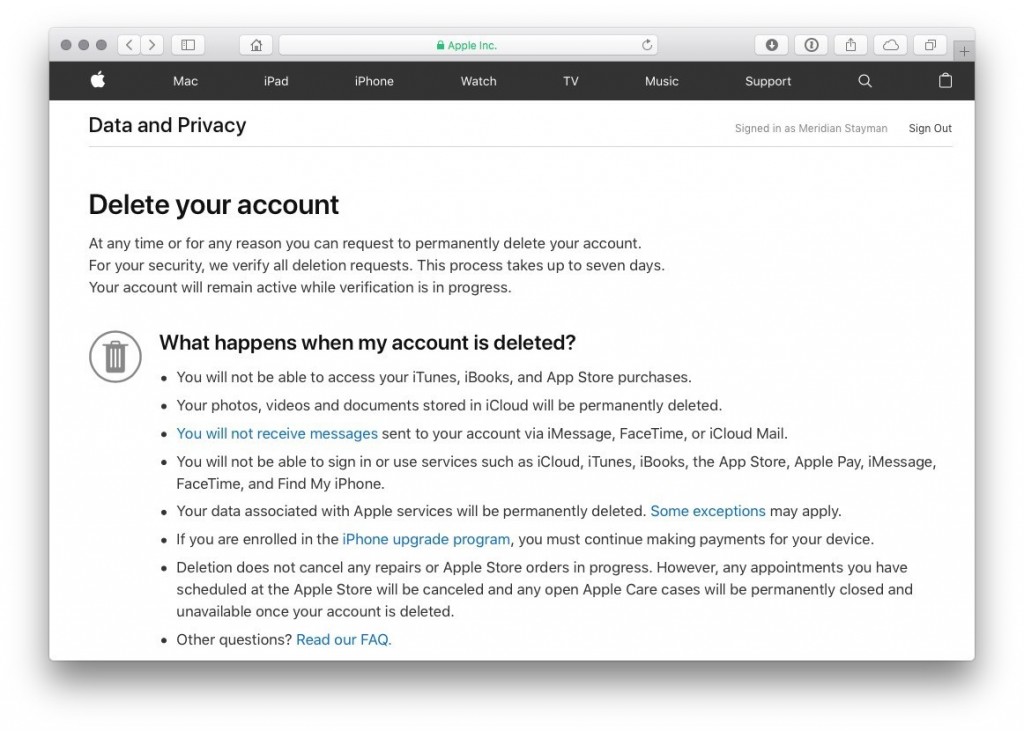As a FTP client for the macOS platform, Transmit has been downloaded by many Mac users. It offers a 7-days trial and supports Mac OS X El Capitan and later.
Try to re-install Transmit but encounter error message during the process? How can you truly get rid of the older version of Transmit from your Mac? If you have some doubts in deleting Transmit or any other third-party apps, you’ve come to the right place. This tutorial will show you how to effectively remove Transmit from Mac.
To be brief, you can either take conventional means to uninstall Transmit and remove its leftovers, or instead, use a dedicated uninstall tool to achieve the goal at ease.
First of all, here’s the one-stop solution to remove all components of Transmit:
- Download a removal tool from this page, and install it on your Mac
- Launch the tool, and follow the onscreen prompts to complete the activation
- Select Transmit in the interface, and click Run Analysis to start scanning
- Click Complete Uninstall button, and choose Yes in the confirmation window
- Click Back to Interface button to re-scan your Mac for currently installed apps
With this tool in hand, you can easily get rid of any unwanted apps within clicks. The process is streamlined and straightforward, especially for novice users. What’s more, you don’t need to manually search for Transmit components which still are left and hidden in different system directories – the tool spares you from those laborious work.
Still want to uninstall Transmit manually? Here are the universal uninstall steps:
- Open up Finder from Dock, and head to the /Applications folder
- Locate Transmit, right click on its icon, and choose Move to Trash
- Head to the Finder menu on the top bar, and choose Empty Trash
- Click Empty Trash button in the pop-up confirmation dialog
Note that if there are other files in the Trash, you’d better open up Trash and delete Transmit individually there, thus not to touch other files that might be still needed.
Cannot move Transmit to the Trash? That’s mostly because the app is still active. To shut it down, right click on the app icon in Dock and choose Quit. If you cannot see the icon there, launch Activity Monitor to search and kill the related process.
So, is the manual uninstall done yet? The answer could be negative. As we mentioned before, Transmit creates some files and scatters them in different system folders. If you wish to entirely remove Transmit and no longer use it, you are advised to hunt down those invalid app components, thus to free up the occupied disk space.
Here are the manual steps to detect and delete Transmit leftovers in system:
- In a Finder window, head to the Go menu on the top, and choose Go to Folder
- Type ~/Library in the box, and click OK to open up the hidden system folder
- As the folder opens, click Search on the upper right corner, then type Transmit (or Panic, the vendor’s name) in the search bar, and click Library below the search bar
- As the search result shows up, control-select the files and folder whose names contain the keyword, then right click on any of them, and choose Move to Trash
You can repeat the same steps to locate Transmit components in the /Library folder. For security sake, after moving them to the Trash, reboot your Mac, and use it for a few days. If nothing wrong occurs afterwards, you can consider to delete the related files in Trash, thus to permanently get rid of the app and all its components.
That’s all for the manual method of uninstalling Transmit. Compared with the hassle-free solution we introduced at first, it requires you to pay more patience, time and skills to get the job done. To avoid unnecessary troubles in the removal task, we suggest you to take advantage of the professional removal tool (Osx Uninstaller).
















